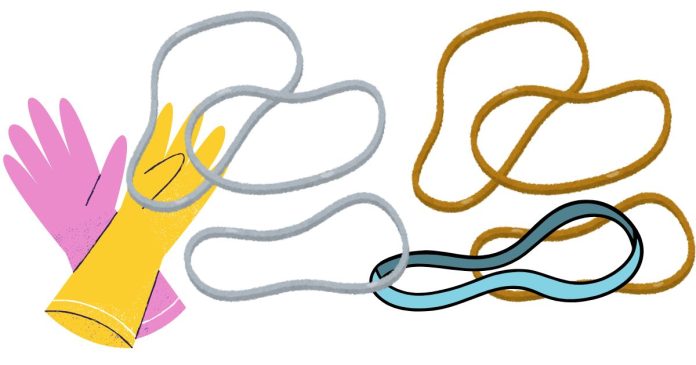What Is Rubber Made Of?
Rubber, an essential material in countless products, can be derived from both natural and synthetic sources. Known for its elasticity, durability, and waterproof qualities, rubber is a key component in tires, shoes, seals, and more. Understanding what rubber is made of helps us appreciate its versatility and how it has shaped modern industries.
Types of Rubber
- Natural Rubber
- Derived from the sap of rubber trees, specifically Hevea brasiliensis.
- The sap, known as latex, is harvested by tapping the tree, allowing the milky fluid to flow out.
- Latex is then processed through methods like coagulation and drying to produce usable rubber.
- Synthetic Rubber
- Manufactured through chemical processes using petroleum-based products.
- Common raw materials include styrene, butadiene, and ethylene.
- Synthetic rubber is often used when specific properties, like resistance to heat or chemicals, are needed.
What Is Rubber Made Of?
Natural Rubber Composition
Natural rubber is primarily made of:
- Polyisoprene: A polymer that provides elasticity and flexibility.
- Proteins: Naturally occurring in the latex.
- Water: Makes up a portion of the raw latex.
- Minor Impurities: Includes resins, sugars, and other organic compounds.
Synthetic Rubber Composition
Synthetic rubber is made from:
- Polymers: Created from chemicals like styrene and butadiene, which mimic natural rubber’s properties.
- Fillers: Materials like carbon black or silica to enhance durability and strength.
- Additives: Such as antioxidants and stabilizers to improve resistance to aging, heat, and chemicals.
The Rubber Manufacturing Process
- Harvesting (Natural Rubber)
- Latex is collected from rubber trees and processed to remove impurities.
- Polymerization (Synthetic Rubber)
- Chemicals are polymerized (linked together) to form long chains that create rubbery properties.
- Compounding
- Additional materials, like fillers and additives, are mixed to achieve desired characteristics.
- Vulcanization
- A process where sulfur is added and the rubber is heated, enhancing its elasticity, strength, and resistance to temperature changes.
Uses of Rubber
Rubber’s unique properties make it invaluable in various industries:
- Automotive: Tires, belts, and gaskets.
- Healthcare: Gloves and medical tubing.
- Construction: Seals and waterproofing materials.
- Everyday Products: Rubber bands, footwear, and sports equipment.


